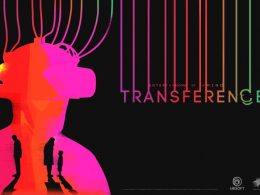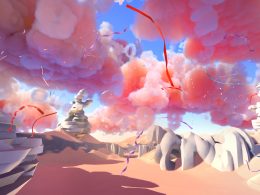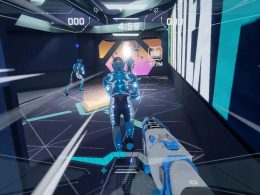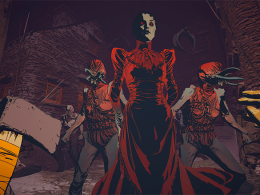Pokémon Go is far from dead. Niantic is the development studio behind the augmented reality hit Pokémon Go. It is now investing millions in profits and additional investor funds in the artificial intelligence start-up Matrix Mill and the development of a real-world platform. The aim is to visually merge familiar and augmented reality in a more credible way.
Many loved it, some cursed it. We're talking about Pokémon Go! It has already been two years since the little monsters found their way into augmented reality. A look at the new AR platform Niantic Real World now shows the impressive progress the company has made in augmented reality.
The worlds should merge even better
As we know, an important aspect of AR technology is the visualisation of artificial elements in the real world. Even though these sometimes adapted in size and sometimes also in viewing angle, they were always obviously foreign objects. With Niantic Real World this is set to change, as the developer shows in the video.
Thanks to Niantic Real World, AR objects should now merge much better with reality. Instead of simply hovering above the camera image or remaining in a fixed position, the Pokémon moves through the world in a believable way and can hide behind real objects. This is possible because, thanks to advances in artificial intelligence, the AR platform can identify real objects and their purposes and relationships to each other.
The company acquired by Niantic has contributed to this development Matrix Mill in London, which specialises in machine vision and learning. It is now the third company that the Pokémon Go developer has acquired in eight months.
Niantic wants to build the augmented reality cloud
These acquisitions are part of a larger plan: Niantic wants to build the so-called augmented reality cloud, a detailed 3D coordinate system that digitally maps the contours of the real world. Machine learning methods and computer vision are to be used to create a 3D model that is as detailed as possible.
Digital information and objects can then be inserted into this with millimetre precision and shared among users, regardless of individual end devices.
If Niantic has its way, this 3D map will be created by players who film the real world with their smartphone camera while hunting monsters in Pokémon Go and similar Niantic games. "We want players to create the playing field they want to play on," says Hanke.
With technologies such as those from Matrix Mill, the construction of this 3D world could take place in the background and unnoticed by the player. Niantic's actual goal is to sell the augmented reality cloud as a service to developers via the Real World Platform.
Source: Vrodo / VR-World / Youtube









